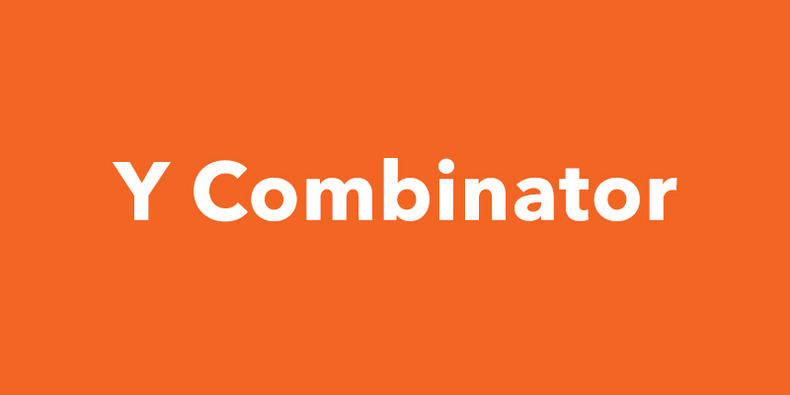Founder Lesson
I've been a casual advisor to a well-known B2C brand/founder in Atlanta for a few years now. When I met him in 2014 I was super impressed by his love of the problem and his ability to walk through walls. And I wasn't the only one...he's been able to raise capital from some great investors across the country.
Last year he brought on a very experienced new team member who wholeheartedly believes in the mission of this startup/founder. Over a few months this person (rightly) convinced this founder that there were some fundamental flaws in the core business and that he should pursue his bigger vision...one that he had suppressed for a few years in order to tackle an easier problem in his space.
What this person had done was "give permission" to this founder to move past his original idea and focus on the bigger idea.
I frequently see founders work 6, 12 or 18 months on the first iteration of their idea because - for some reason - they've never been encouraged (in the right way) to move on.
This is my personal way to self-correct for this...
Once I feel like I have something that might be a high-growth idea, I create a very simple financial model. It's just a dozen columns and a few dozens rows with two parts...(1) business drivers and (2) a simple P&L. While most models like this focus on the financials of the business, I focus on the main drivers of human activity that I expect from my initial customers (eg bookings per month) in the business drivers section. The P&L is mostly to help me understand break-even of the model and unit economics, but I focus the most on how I expect my initial customers to behave. This allows me to quickly see (for example) that in month 3 our initial customers are only using the app 20% as much as we expected. This makes it so that me and my team can't re-write history and make up excuses...we can course correct very quickly.
This podcast caught my eye because these founders were describing how a YC partner had "given them permission" to move past their initial (bad) idea to test other ones that were more likely to succeed.
There are many paths to startup success and many styles that can work, but I can confidently say that sticking too long with a product version (whether it's the first version or the tenth version) isn't a good indicator of success.
This is just another reason why being a founder is so difficult. Hold on too tightly to a wrong version and your run out of time. But move past an iteration too quickly and you might not give it enough time. When I think of this topic I always think of the "how to hold a bird" metaphor. It's a tough balance.
Sidenote: If you enjoyed this post, you might like this one as well.
Get Right to the Lesson
I’d recommend listening to the entire thing, but to get right to the point go to minute 0:22 of this video.

Thanks to these folks for helping us all learn faster
Ali Kriegsman (@alikriegsman), co-founder of Bulletin
Alana Branston (@alanabranston), co-founder of Bulletin
Y Combinator (@ycombinator)
Paul Graham (@paulg) of YC (@ycombinator)
Craig Cannon (@CraigCannon), Director of Marketing at YC (@ycombinator)
Please let me and others know what you think about this topic
Email me privately at dave@switchyards.com or let's discuss publicly at @davempayne.
The best startup advice from experienced founders...one real-world lesson at a time.
